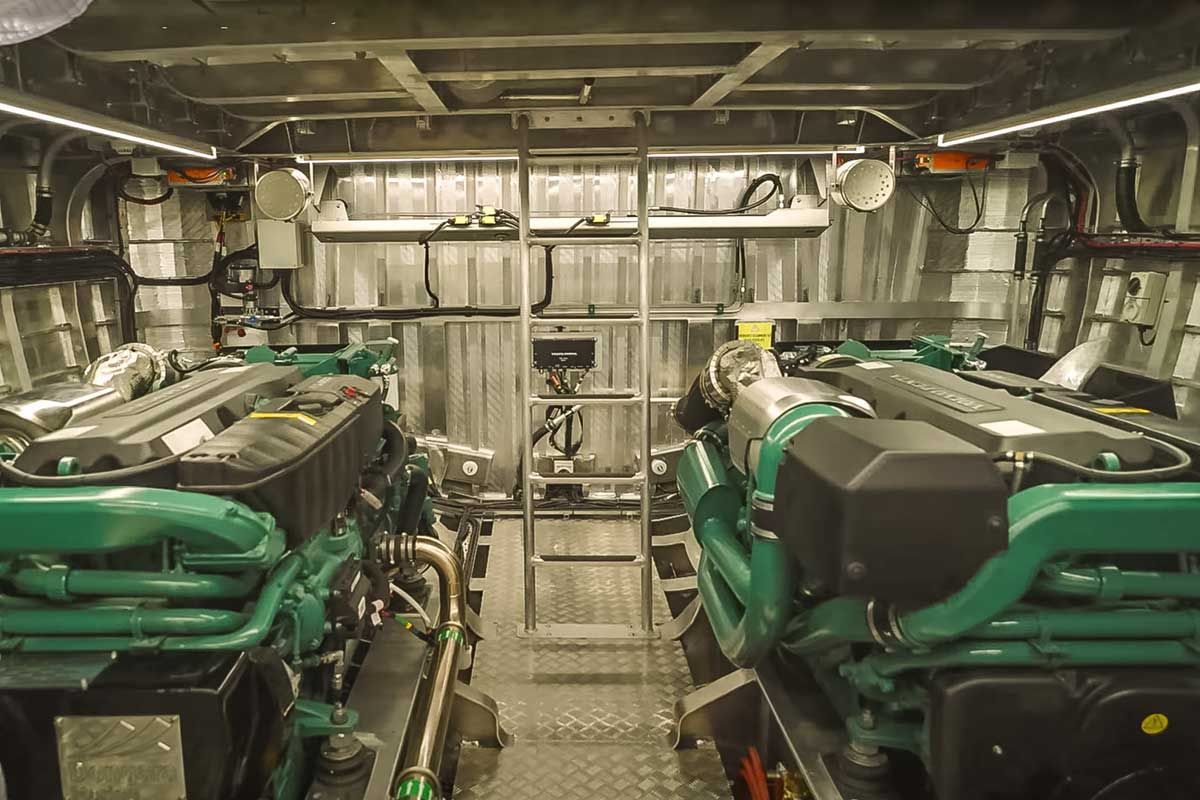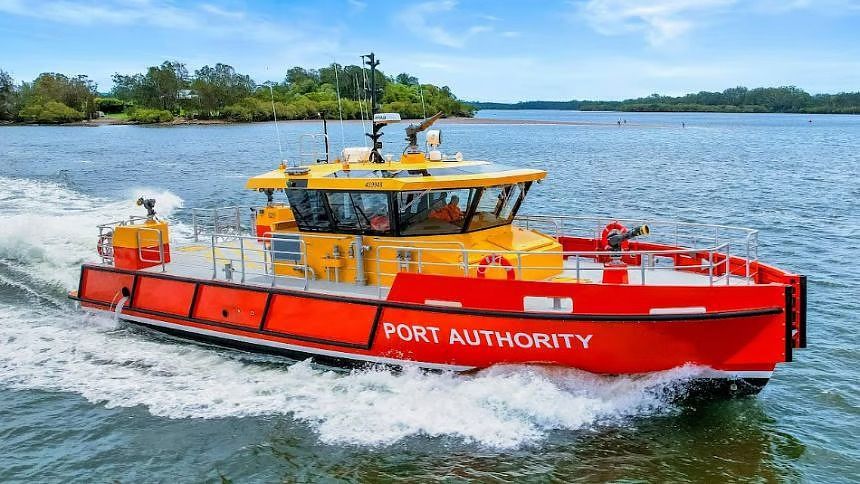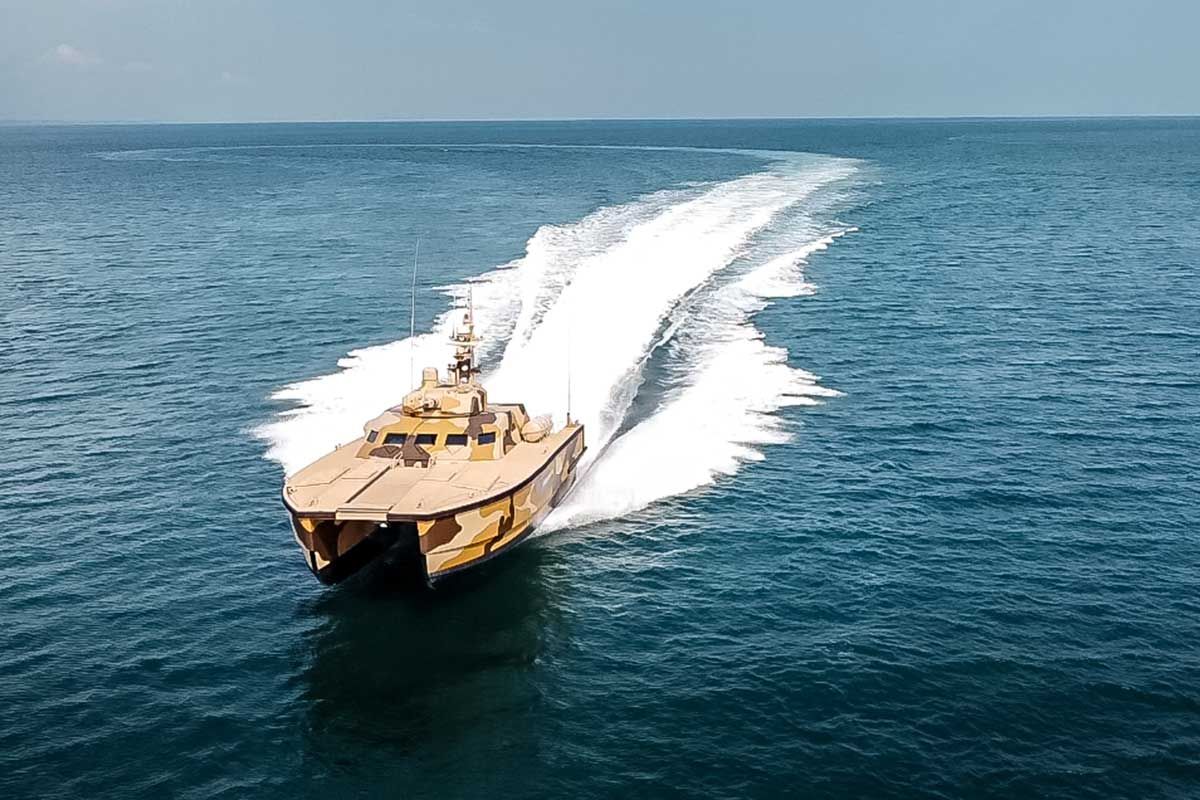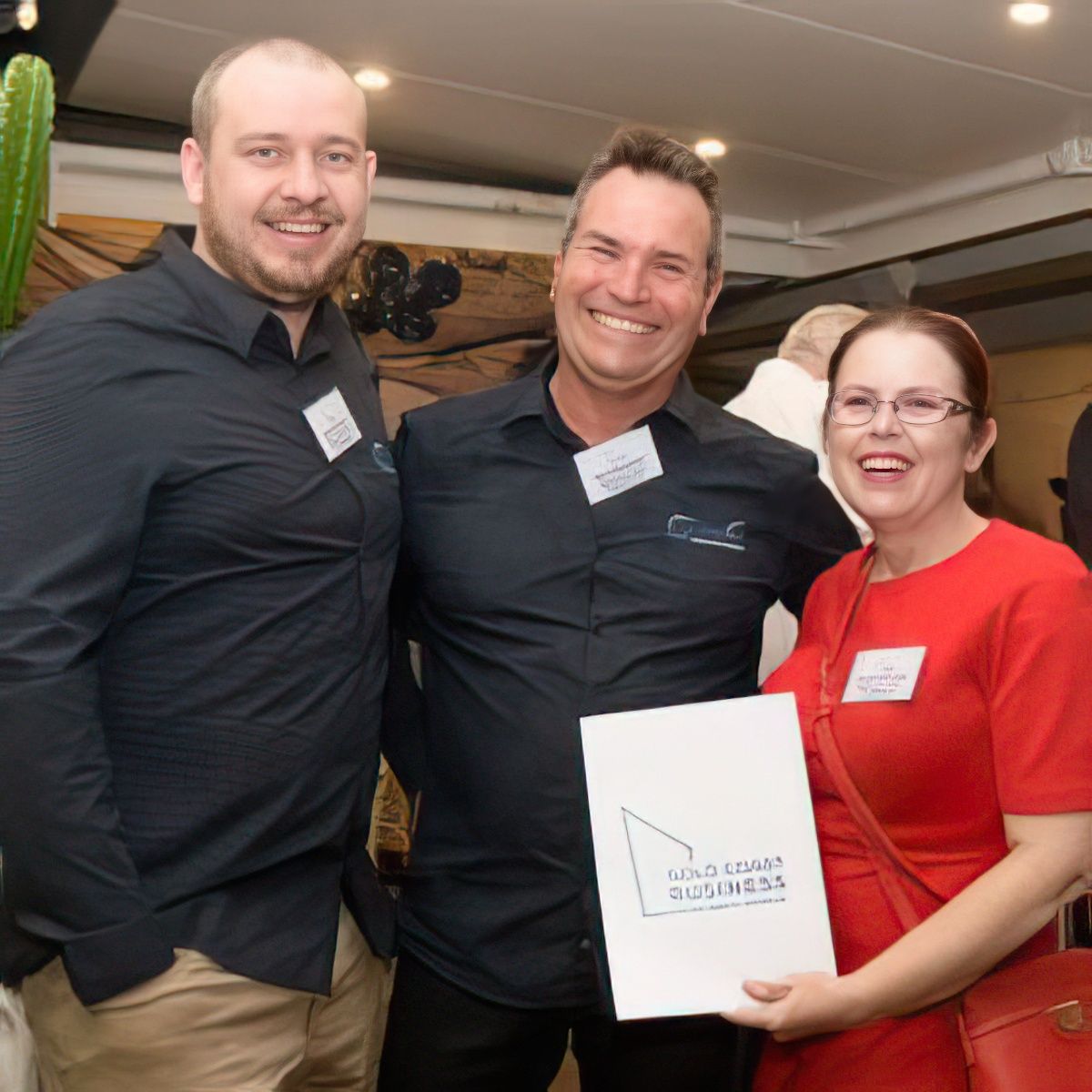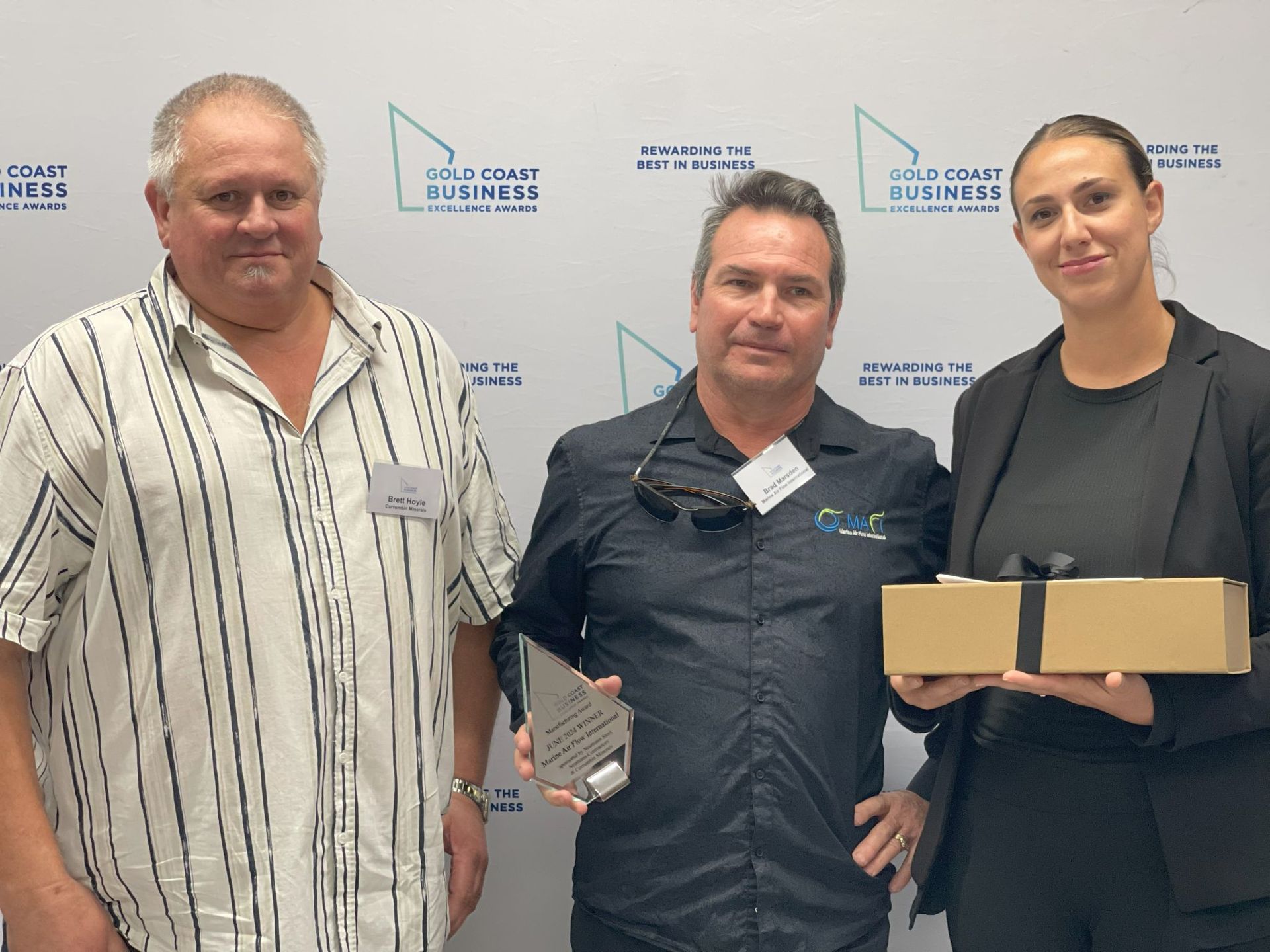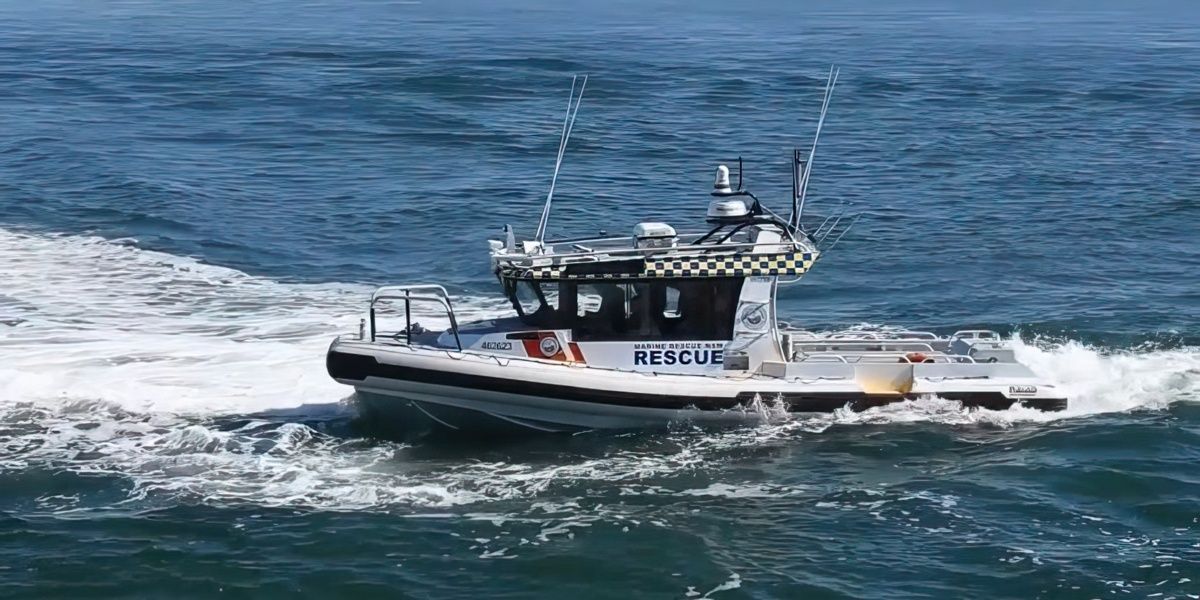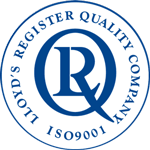Adding Ventilation Equipment When You Are Re-powering Your Vessel
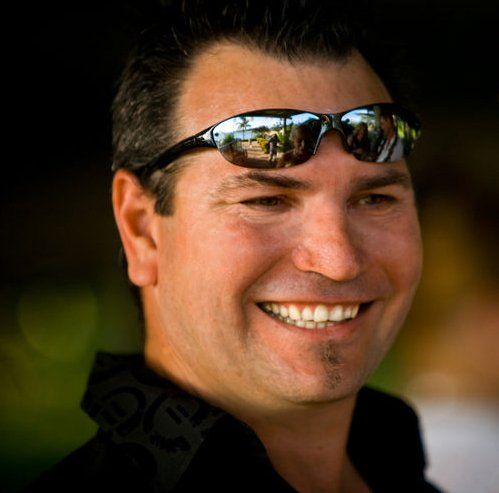
Brad Marsden
Director - Marine Air Flow International
35 Years Experience in the Marine Industry
Adding Engine Room Ventilation Equipment After Manufacture
The modern diesel engine relies so much more now than ever on having high volumes of cool quality fresh air that is free of salt mist and spray. If not, the engine will function at reduced efficiency which in turn can cost you more in fuel and maintenance.
The engine runs the risk of operating at a higher than ideal temperature and in some instances can cause the ECU (engine management system) to de-rate and go into limp mode. This de-rating will trigger an error code that is often recorded, which in turn warns the engine tech that the system has been operating out of specification boundaries. This will usually result the manufacturer declining a warranty claim in the event of a failure of any kind whether it occurred during this time frame or not.
While many operators throughout the world regularly refit and re-power existing craft which they have had for many years, they often do not take into consideration the changes in requirements from a 15 year old engine to a new power plant. The new engines are more likely electronically controlled and frequently have in built data logging. The same sized engine capacity generally has much higher output ability than older models and requires greater air quantities to enable the greater performance.
Due to the increased performance, the engines produce significantly more heat output. This latent heat results in increased engine room temperatures. Most older craft already operated at alarmingly high temperatures when they were originally designed and built.
Have you ever gone into the engine room of a 20 year old naturally ventilated cray boat after its been to work for the day? The heat is crippling. If you can't perform well in that environment it should be no surprise the engine won't either.
No fisherman would consider going to sea to fish professionally using an old school sounder and no GPS or radar and expect to achieve a successful catch. To expect your new engine to perform to its advertised specification AND have the piece of mind of your new warranty it is essential to ensure the engine room ventilation meets specification.
Advantages from fitting engine room cooling equipment:
- Supporting your warranty but allowing your new engine to operating inside the warranty specs.
- Reduce fuel burn and save on running costs and maintenance expenses.
- Ensures your boat is available for more hours when you want it.
- Prevents salt mist and corrosion damage.
- Increase long term vessel value as the equipment remains in prime condition.
While the cost of a full engine room ventilation system can seem daunting, when you look at the advantages and how it helps to assist in the long term quality of your very expensive new equipment, it is something you should consider.

Adding Ventilation Equipment
Please feel free to reach out and chat to us about your upcoming refit. Typically a full engine room ventilation system has a lead time of approximately 4 weeks, so the sooner you contact us, the more chance we have of fitting into your refit schedule.
Give Mark a call on +61 428 301 700


